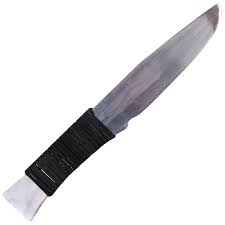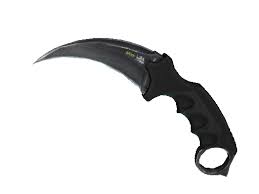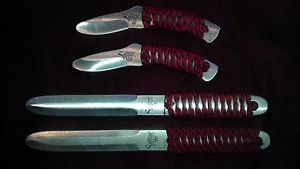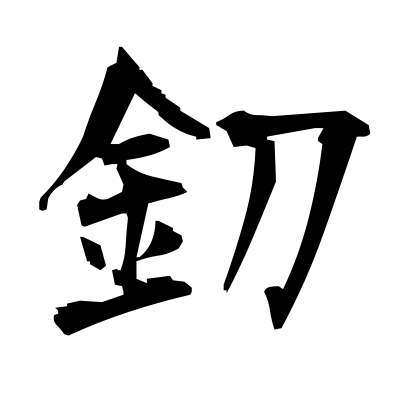
The Shi Zen Do Knife is a dynamic fusion of various elements from the grading syllabus, crafting a comprehensive training system. It excels in enhancing body mechanics, especially in short and medium-ranged combat. “The way of the knife” elevates fluidity and footwork, utilizing angles for both attack and defence. Speed sensitivity training heightens awareness, fostering spontaneous responses and countermeasures through precise body positioning and distancing.
This system takes martial arts attributes to another level, intensifying skill development through a heightened sense of feel. This connection fosters mind-body coherence with the bladed weapon and partner movements. The knife becomes a tool, shaping explosive dynamic body and footwork skills.
The foundational section focuses on Kata, encompassing various knife types like the karambit. Through prearranged moves, students develop a profound understanding of the body-knife relationship. Training is comprehensive, ensuring proficiency with both right and left hands. The Shizendo knife system not only turbocharges body mechanics but also hones reflexes and adaptability to changing angles of attack and defence.
Pairs work in this system is dynamic and versatile, encompassing knife-to-knife, empty hand, and a combination of long and short-ranged strategies. The training emphasizes high mobility, mirroring principles found in both empty hand and weapons training. The curriculum covers the art of boxing, locking, grappling, and throwing, ensuring a well-rounded skill set.
For those already familiar with boxing, tegumi hand drills, locks, throws, and footwork, the Shizendo Knife System seamlessly integrates the use of the knife into these existing skills. New students receive comprehensive instruction, starting with basic knife kata and progressing to practical applications. If you’re coming from another training system, the Shizendo Knife training can be seamlessly blended into your existing art.

Use of Locks (Kensetu waza) and hand drills (Tegumi drills) are extensively used as is the footwork skills (Kuzushi Waza) and the eight box method.
The Karambit, a distinct bladed weapon, can be single or double-edged. Its outside curve is employed in slashing manoeuvres, while the inside curve is utilized for hooking and ripping attacks. Thrusts with the blade’s point and punching strikes with the ring covering the index finger add to its versatility. Typically held with the blade pointing downward from the bottom of the fist, the Karambit’s forward curve is standard, though a reverse grip is occasionally employed. Its application extends from slashing and hooking motions to punching strikes with the finger ring, and some designs even allow for a hammering motion.
The biomechanics of the Karambit make it a formidable weapon. Its design facilitates powerful cutting strokes and ripping techniques, enabling intuitive responses and applied skills. The focus of Karambit technique revolves around striking the body’s weak points, such as muscles around the knee and elbow, leveraging the curved blade for maximum effectiveness. The finger guard not only makes disarming difficult but also enables manoeuvring in the fingers without compromising one’s grip.
This knife system was develop through the study of many martial arts combined with over 40 years of training, it was on approach the shizendo knife system was created. The importance of the bladed systems have on the empty hand training cannot be over looked; the knife will enhance the empty hand training.
Please see club instructor for more information and the curriculum.
Weapons training Friday Cascades Leisure Centre 7pm
Courses are held every 6 weeks, please see club instructor for details or go to posts for date times and venue.
Courses are held every 6 weeks, please see club instructor for details or s post for date times and venue.


The flow is the art